Knowing how to build a bomb shelter may seem overwhelming, but a bomb shelter can be modest or complex. Regardless of how you choose to build your bomb shelter, there are basic things you should know for protection. These will apply to any shelter that is needed in this catastrophic event.
A bomb shelter is one of those things not many people think they need, but here are a few facts.
- There are 14,500 nuclear weapons in the world
- There are 9 countries with nuclear capabilities that we know of, and they are not all friendly – China, Russia, Korea
- Land based warheads could reach US cities in 30 minutes
- Submarine based warheads could reach US cities in 10 minutes
Table of contents
Overview of Bomb Shelters
During the cold war, industrialized nations such as the USA and Russia built shelters for high-ranking government officials. The shelters were commonly known as bunkers. They were erected underground or within the confines of buildings and were strong enough to handle a nuclear blast and the ensuing radiation.
At present, there are plenty of companies that manufacture ready-made dwellings, but they are expensive and often out of your budget.
If you want to build a bomb shelter on a small budget, consider doing it yourself. Creating your bomb shelter will also allow you the opportunity to design and build it specifically for your needs.
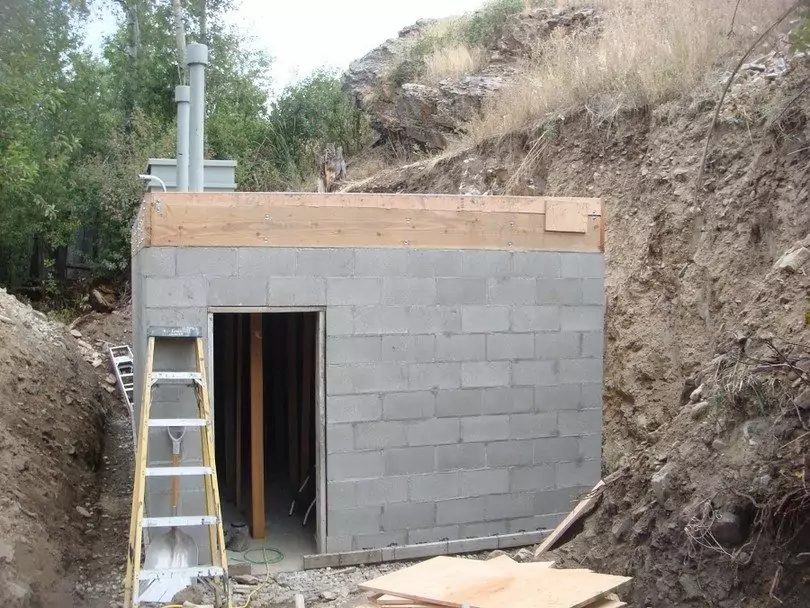
People have different priorities when creating bomb shelters. Some go for simplicity, while others incorporate the comforts of a traditional home.
This article will discuss various ways to build a modest shelter.
Building a Modest Bomb Shelter
Before building a bomb shelter, you should know the soil conditions. Soil conditions will vary with the seasons, so you must know the right time to start digging. If possible, conduct a soil test to assess its holding capacity.
This test will tell you whether or not the soil will cave once you start working underground. After you’ve dug deep enough for an entry into your bomb shelter, begin masonry or concrete work. The finishing touches inside the top don’t need to be intricate.
When the construction underground is finished, it is time to stock up on supplies of water, canned goods, clothes, and other provisions that may be needed for a lengthy stay underground.
Design Overview of a Modest Bomb Shelter
There are a few basic design steps to consider when planning your shelter.
- A well-built bomb shelter will feel cramped, but you can use folding beds to increase space.
- A non-electric composting toilet should be available, separated from the sleeping quarters.
- Construct the main hutch above ground using a vertical ladder at the entrance. This will provide access to and from the shelter.
- The shaft must be sealed with a blast door at the top and bottom for added protection.
- In addition to these security features, you will need a grenade sump on the floor directly below the hatch.
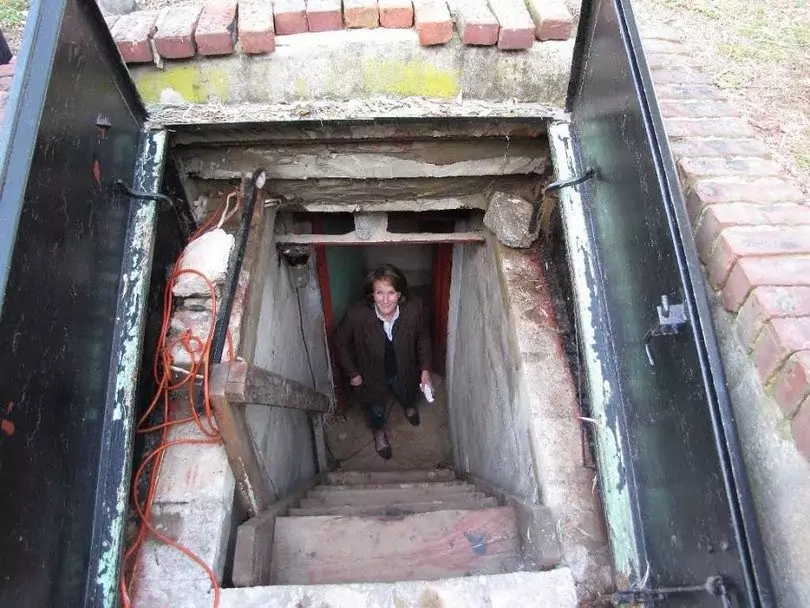
A backup plan is also essential, and this primarily includes secondary access.
An emergency hatch must be constructed at the rear portion of the fallout shelter. It should be shorter than the entry hatch. This will be important if the main entrance is compromised.
Additionally, the emergency entrance should open inward, under a foot of sand. It should be concealed. In case of emergency, the hatch can be opened, allowing the sand to fall into the shelter so that the residents can exit.
This post on tips on how to build a bunker provides more detail on building a bunker, and the book below is a good resource on how to locate and manage your shelter once you have to begin using it.
The Preliminary Plan for a Low Cost Bomb Shelter
You should design your shelter before you build it, and it doesn’t need to be fancy. Document the measurements you’ll need and figure out where you’ll begin construction.
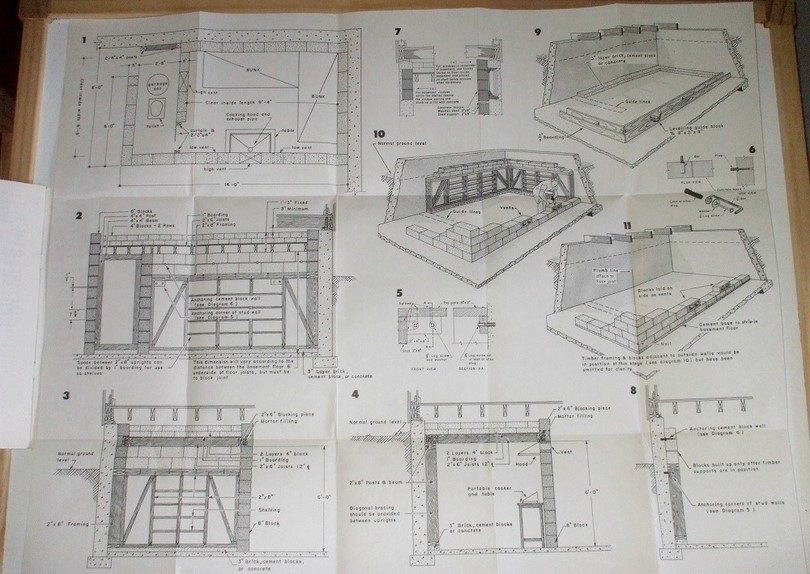
Your backyard is the ideal location for your bunker. Otherwise, look for a place that is close by. It would be impractical to build your shelter in a remote area, as it would be challenging to get there when a bomb detonates. When you are ready with your design, it is time to plot out the location.
- Place stakes to measure where your construction will begin.
- Cordon the area off so that no one can enter your construction site.
- It is recommended that the floor area of your shelter is 8’x16′.
- As described above, it must have an entry hatch and an inward opening emergency hatch.
- This size shelter could protect four people and their immediate supplies for a duration of twenty-eight (28) days.
Make a list of the tools and materials you will need – picks, shovels, bricks, cement, gravel and sand, steel bars, wood planks, etc. When you have accumulated your construction supplies, it is time to begin.
Building a Bomb Shelter on a Budget
If possible, include your family when building the shelter. They must understand how the shelter works and where everything is located. This will also help enforce the importance of the shelter.
Below is an overview of the building process.
- Dig a trench below the surface of the earth.
- Remove the soild from the trench and place it far enough away so it does not fall back into the trench. You will be using it again.
- After you’ve finished digging, place logs on top of the trench. Ensure that the logs have at least two feet of overlap on each end for support of the roof.
- Cover any cracks you see with leaves, straw, cloth, etc., after placing the logs across the top of the shelter.
- Once you’ve sealed off your living place from debris, place your displaced soil on top of the logs for added protection. The soil should be 18 inches deep.
- Finally, build a toilet in a space furthest from your sleeping quarters. A composte toilet is a good choice.
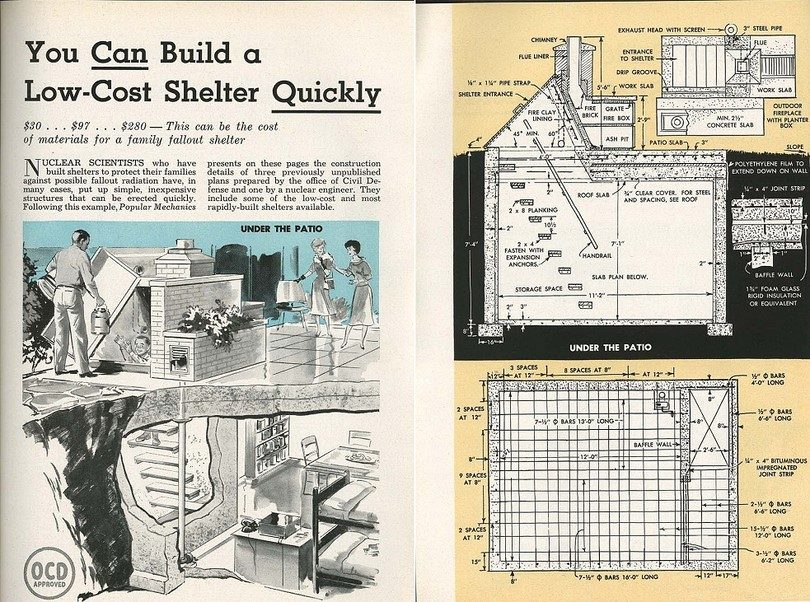
- Next, install makeshift beds – bunkbeds, folding beds or hammocks.
- Additionally, remember that ventilation is critical. Shelters that do not have a proper ventilation system will result in carbon dioxide building up inside.
Each individual inside the shelter should have at least twenty square feet to eat, sleep, and storage. Also, make sure you have a separate entrance and exit.
Shielding a Bomb Shelter
A fallout-proof bomb shelter must have proper shielding. The shielding should be ten times thicker than most quality materials to reduce gamma-ray exposure. For example, the following materials can reduce gamma radiation by 50%.
- .4 inches of led. Led is very dense.
- 2.4 inches of concreteT
- 3.6 in. of packed earth.
When these materials are combined, the protection intensifies. A trench roof should be covered by three feet of earth, and it should be waterproof.
Blast doors must be designed to absorb the shock wave of a nuclear blast by bending and returning to their original form. Entrances leading to the blast doors should also be built at right angles to the shelter since gamma rays travel in a straight line.
Controlling the Temperature
Bomb shelters must have effective cooling systems. It can get hot, even underground.
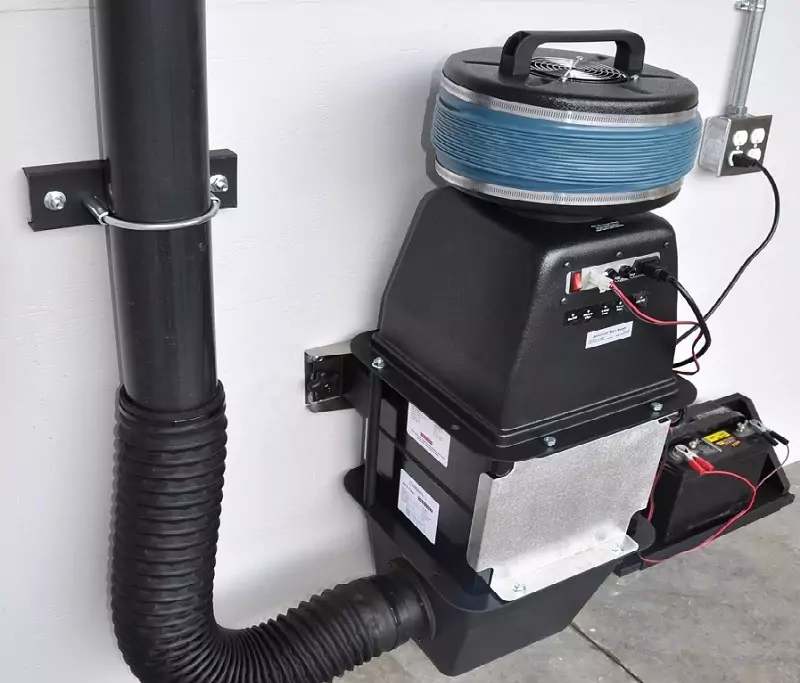
Therefore, the shelter must have heavy flaps that can be swung from the hinges on the ceiling. They must open in one direction and can be closed the other way around.
Above Ground Locations for a Shelter
Public shelters can be constructed within the middle floors of tall buildings or inside parking structures. Tall buildings (>10 floors) can house bomb shelters underground because the thickness of the building above provides an effective shield against a blast. Road tunnels are similarly effective shelters. In short, bomb or fallout shelters need not always be underground.
Actual Bomb Survival
If a bomb blast occurs, remember the “Rule of Three.”
- Humans can’t survive more than three minutes without air
- Can’t live without water for more than three days
- Can’t live without food for more than thirty days.
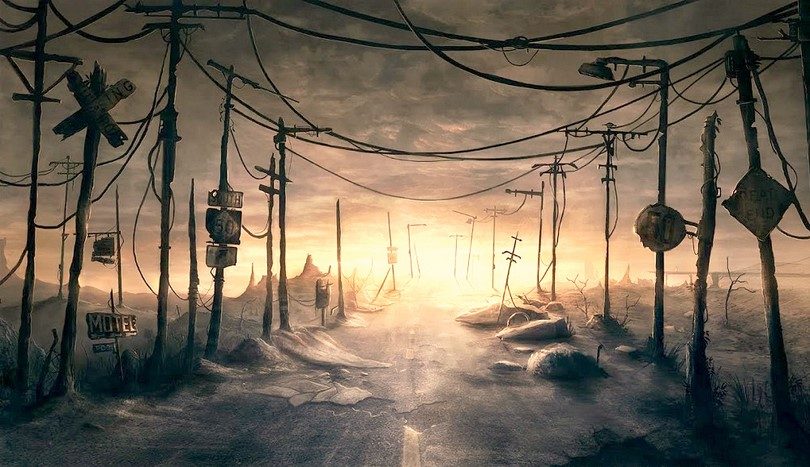
Therefore, shelters need to provide adequate blast protection, continuous airflow, protection during extreme heat, plenty of water, and proper food to last more than thirty days.
Surviving after the Bomb Blast
To survive a nuclear blast, you must be far away from the area of detonation. Unfortunately, this is not something we can plan for. However, there are some tips to follow if you’re caught unprepared.
Sheltering after the Initial Blast
Staying in a shelter for an extended period isn’t always the key to survival. First, you need to survive the bomb detonation. For example, let’s say that there was a 5-kiloton explosion in a building that is 200 ft tall.
The explosion’s dispersed blast of about 50 percent carries radiation of approximately 35 percent. It also has ionizing radiation of about five percent on the first explosion. This would produce a 10 percent fallout.
To survive the first stage of this explosion, head to the nearest evacuation site or stay inside a protective building for 24 hours or until you’re advised to leave. Take shelter in the basement of a dwelling if you can.
What to Do During the Initial Blast
Before taking any other steps, consider if the direction of the wind. If the wind direction is constant, the dangerous effect from the fallout plume can be avoided by walking at right angles to the plume.
You should also consider that the radioactive materials take time to fall to the ground, especially near the blast site, but being exposed to the radiation is the least of your concerns.
Initially, you must be concerned about avoiding falling debris, destroyed buildings, and fire hazards.

A good shelter is any still-standing, multi-story building. Additionally, you can seek safety in the center of a large concrete building or a basement. If an adequate shelter is less than five minutes away, it would be wise to go there immediately after the blast.
The adverse effects of radiation exposure will be offset by protecting the bomb shelter. If possible, transfer to an even better refuge after waiting 30 minutes. The strategy of moving to better cover will offset your exposure when you start moving and transferring.
Without sophisticated technology, nuclear blasts from 5-kiloton bombs could potentially happen from terrorist groups or small states, and in today’s world, this is a more likely scenario. However, the fallout from this size bomb is relatively small. There will be a 100 rem/h contour that will initially affect about 1.5 square miles.



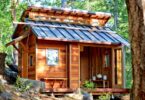
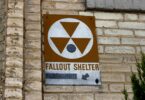
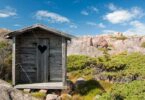

I used to scoff at people like this.
Now I believe a doomsday event will occur, if not a nuke then a dirty bomb in a suitcase. I hope to be ready, I am making plans. (for my survival, not plans for a dirty bomb!).
:) It’s always best to be prepared for any type of situation. You got the right idea and this is great!
If you’re living in a pretty old area, you can check your yard or the blueprint of your house for the existence of an old bomb shelter built during the past 60 years. They’re smaller and needs major cleaning and possibly modifications, but you’re saved for the most part. Great post, David!
If you are lucky enough to come across an old bomb shelter, then that’s a good thing since it will help you cut down on cost.
Hi David. Do you think anyone would be able to install HEPA filters and would they be enough for safe ventilation? The marketing says clean air would be sucked in manually/electrically through the filter and exhaust air will go through a one-way valve and sent outside.
Yes, you can install them, but you need some level of expertise. As far as their functionality is concerned, they do exactly what they are intended for.
Most people don’t understand that filtration by filters and gas masks can only do so much. It’s just like the lies that have been told about most gas masks being able to filter out radioactive particles. In places like Afghanistan and Iraq where depleted uranium was used in ordnance and ammunition to destroy infrastructure and armored assets the resulting residue is so tiny that it cannot be filtered by current filters on gas masks distributed to the soldiers in the area. On top of that depleted uranium has an radioactive half life of over 400 billion years. We’ve essentially made these areas uninhabitable forever as far as mankind is concerned. The depleted uranium is in aerosolized dust form now and the arid nature of the region keeps it blowing and being deposited in places time and time again. Nobody can live in these areas anymore without birth defects, cancer, sterility being the norm. The radiation becomes cumulative as it goes directly into the bones, teeth, blood /brain barrier and stays inside the body forever leading to death ultimately from cancer of complications of an compromised immune system. We can only pray that we never have nuclear war.
These are very important occurrences you have mentioned as far as bombing in Afghanistan and Iraq are concerned. Therefore, you should use this knowledge to avoid any future and unexpected bomb disasters by building underground bomb shelters. Your initial goal should be to prevent serious thermal burns and high radiation doses. Ideally, an underground bomb shelter would provide the best protection.
I like the video but I have to wonder if the roof will support 36 inches of mountain dirt. I need to get a plain started and don’t know anything about loads. I want a room about 8×16 .The 16 foot (end of the length)includes a 30inch walk/hall , so the living space would be 8x 13.5 ft . Your thought would be helpful. Thanks
8 x 16 is a good size for 21 people. You need to consider all the factors, including: completion time, concrete powder, permit, below-ground utility location, a reliable contractor, is the designed endorsed by FEMA, value, and lighting & metal shelter.
Are you prepared to survive a sudden bomb blast in your vicinity? This seems to be a guide on how you will construct personal bomb shelters that can withstand the impact of nuclear explosions. You will also learn how to stay safe and survive the disaster when it occurs. Some important factors to consider if you want to build one are the design you prefer, the location, and the necessary tools like cement, sand, bricks, granite, iron rods, wood, etc.
A bomb shelter is a very crucial construction that any family must have. Apart from keeping you safe from an imminent bomb blasts, it is the best shelter for keeping you safe from the wrath of natural disasters, such as tornadoes and storms.
Hey there, my husband built a man cave in our basement that is in the back of our home. It it a nice large size, approx 30 ft by 30 ft, but comes off of the back of our home and is open / exposed on three of the sides, drive way, back and side yard but only a few feet or so and the rest is underground and the top poses as a back patio. With a thick concrete top. I was wondering if this would make a good shelter? He is a brick mason and designed it more for man cave purpose, but with the way things are looking I want to have a back up plan. I noticed you have surrounded by dirt and we have none of that. We have all block and concrete. I also want to look into ventilation for us, what is effective, but cost effective too. He is not on board with a “bomb shelter” idea, but Im always thinking about the what if a d need ideas to keep the kids and us safe if need be. I’m storing can goods, opener s, batteries, matches, water, going to get emergency bags packed if we need to go , but need a safe place to put it….
H0W ABOUT A LARGE OLD WELL CASING ON AND OLD FARM, THAT HAS THICK CONCRETE WALLS THAT WOULD AT LEAST BE A START WITH AN ACSESS IN THE BASMENT OF AN OLD FARM HOUSE WOULDNEDT IT
Possibly, you could, but you have to make a number of considerations starting with the well’s depth.
There are so many possibilities you can consider, but they all depend with the shelter’s ventilation. For instance, you could consider covering the openings with steel material that has ventilation vents.
Nice article, but understand that a big time fallout situation will end up getting you with general filtration systems.
A bomb shelter should help you survive the worst, but not knowing the exact point of blast may be a fatal error to your survival plans.
The location you choose for your bomb shelter should be one which gives you the greatest protection possible. Placing an underground shelter in the backyard might not be enough. You need to find the most optimal location. For example, The lower edge of a hill would be an excellent place for your bomb shelter if a blast happens in the distance on the other side of the hill. Because building the shelter into the hill is easier, time and effort would not be a problem. Also, building it into the hill would give the same advantages as building it into the ground, because the best protection is provided by getting as much mass as possible between you and the fallout and the hill provides that perfectly
Great insights, Alexandru. A bomb shelter is more than just a safe haven in the event of bombing. We encourage you to learn more about bomb shelters, and even build one for your family’s protection, especially from natural disasters apart from bombs.
Here we are March 2022 how many people are looking to build one of these now?
Over the past few weeks this has become the most searched article on this site.
One of the reasons I’m here!